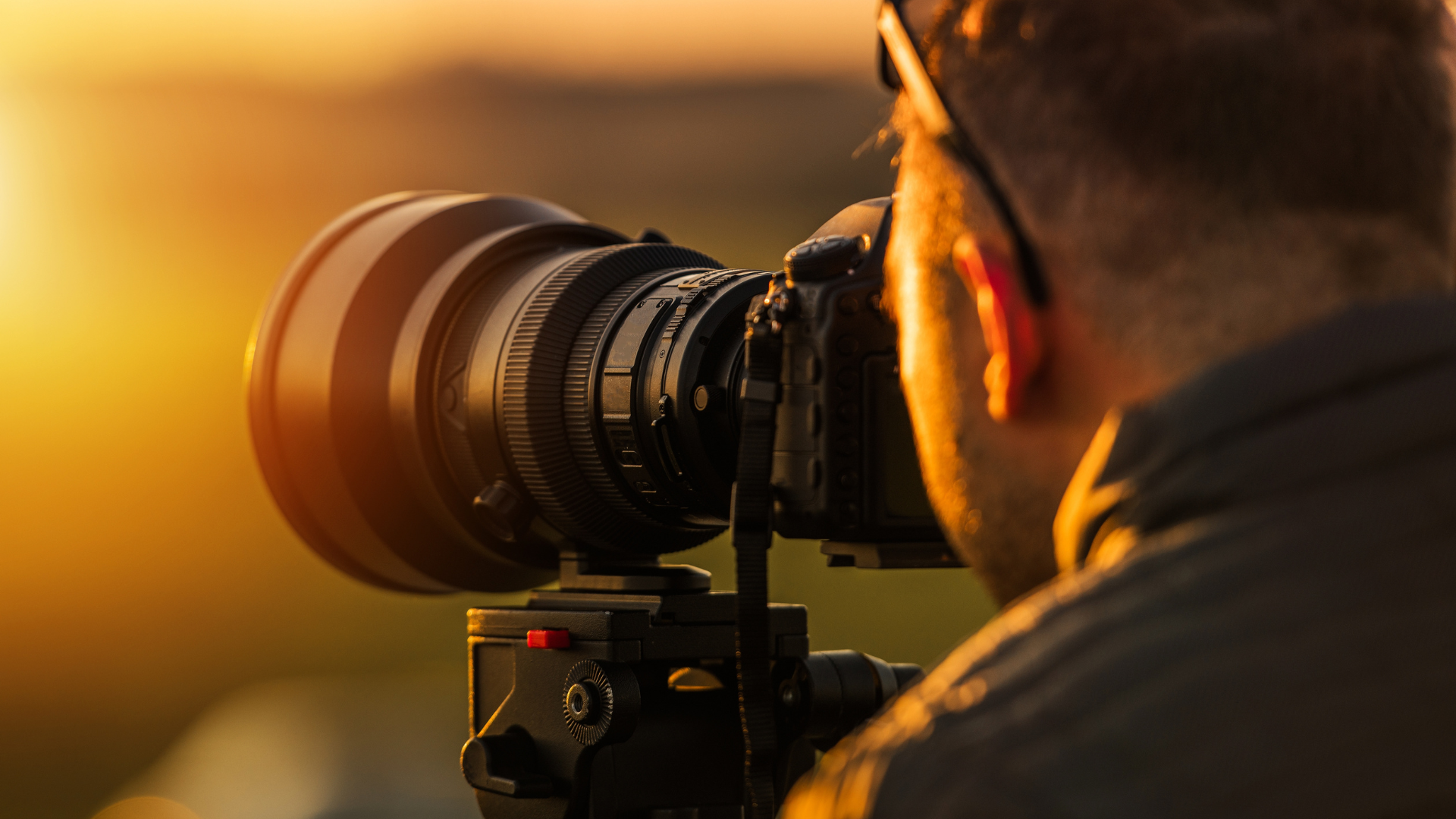Photography as a Form of Art
Photography is an art – Not just any art, but a skill that’s difficult to define. It is the art of capturing light. It’s capturing moments. It’s capturing memories. It’s the art of a visual story.
Photography is an art that can be both beautiful and inspirational, and there are many famous photographers out there. When it is approached in a creative way, it can give life to any object, scene, or person that is shown. It can capture an emotion or feeling and tell a story through the photograph.
Photographers use photography daily, whether it be to document their vacation or preserve a moment captured on camera. But it is also a great piece of art in itself. Photography as an art form has evolved over time, with early photography being primarily used for practical purposes, like capturing a scene for documentation or taking a snapshot. But now, photography is its own sort of art form through the influence of multiple art forms, like painting, sculpture, and drawing.
Some artists paint, others sculpt, and still, others create music. Some create art with their bodies, others with their minds, and some make art with photographs. Photographers work to capture a certain emotion or mood or to tell a story; in some cases, a photograph may be a mere image, while in other instances, it may be a full photograph with accompanying text describing what the photo is of. Some photographs are purely aesthetic, while others are intended to communicate a message or tell a story. Photography can be a form of art, and it can also be a form of self-expression for photographers.
Here Are the Some Reasons Why Photography Is an Art of Form
Photography requires imagination and creativity
The photographer must look at the world differently from everyone else. Photography requires the photographer to literally “see” the world through a different set of eyes. It requires imagination, as photographers must envision what the world should look like in a photograph. Photography also requires creativity, as they must use their imagination to create unique photographs.
Captures emotions
Although many of us have experienced the power of a photograph, it is easy to look at a photograph as just a simple record of an event. But to the photographer, it is a work of art. With cheap cameras, if not free, photography is available to anyone. Everyone can be an aspiring photographer, but not everyone is a good photographer. And good photography requires more than just snapping photos.
Required analytical skills
Photography has evolved into a craft, an art form, a profession, and a means of communication. But, perhaps, its most unique trait is its ability to be a form of art. Because it’s an art form that requires you to be analytical, it has many of the same qualities that make art unique. Photography is reflective, immersive, expressive, and interpretive.
Photography understands physics.
Photography as a form of art is outstanding, capturing moments as it saws them. Every photographer, even those who are professional, always wants an image to be perfect. It cannot miss even one aspect; the lighting, the angle, the focus. Never may the angle be off, the lighting is off, and the focus is off unless the photographer wants it that way.
Understand the abstraction
Photography as a form of art leads one to abstraction. The abstract is the visual display of ideas or feelings that cannot be identified through language or direct observation. It is an image that evokes different ideas and feelings in us as viewers. Photography has led to creativity in presenting ideas. The abstract is usually presented through mark-making, pattern, color, light, shape, and texture.
Photography is a means of artistic expression. The lens of the camera is an adaptation of the human eye, and the eye lens is the equivalent of the camera. The optical components of a camera are the same as the human eye. Photographers use lenses to focus light from a scene. The lens of the camera is a focusing lens. To capture an image, a lens must bring light rays to a focal point or place where they intersect. When light rays pass through the lens, they are deflected slightly, bending in a circular path.



